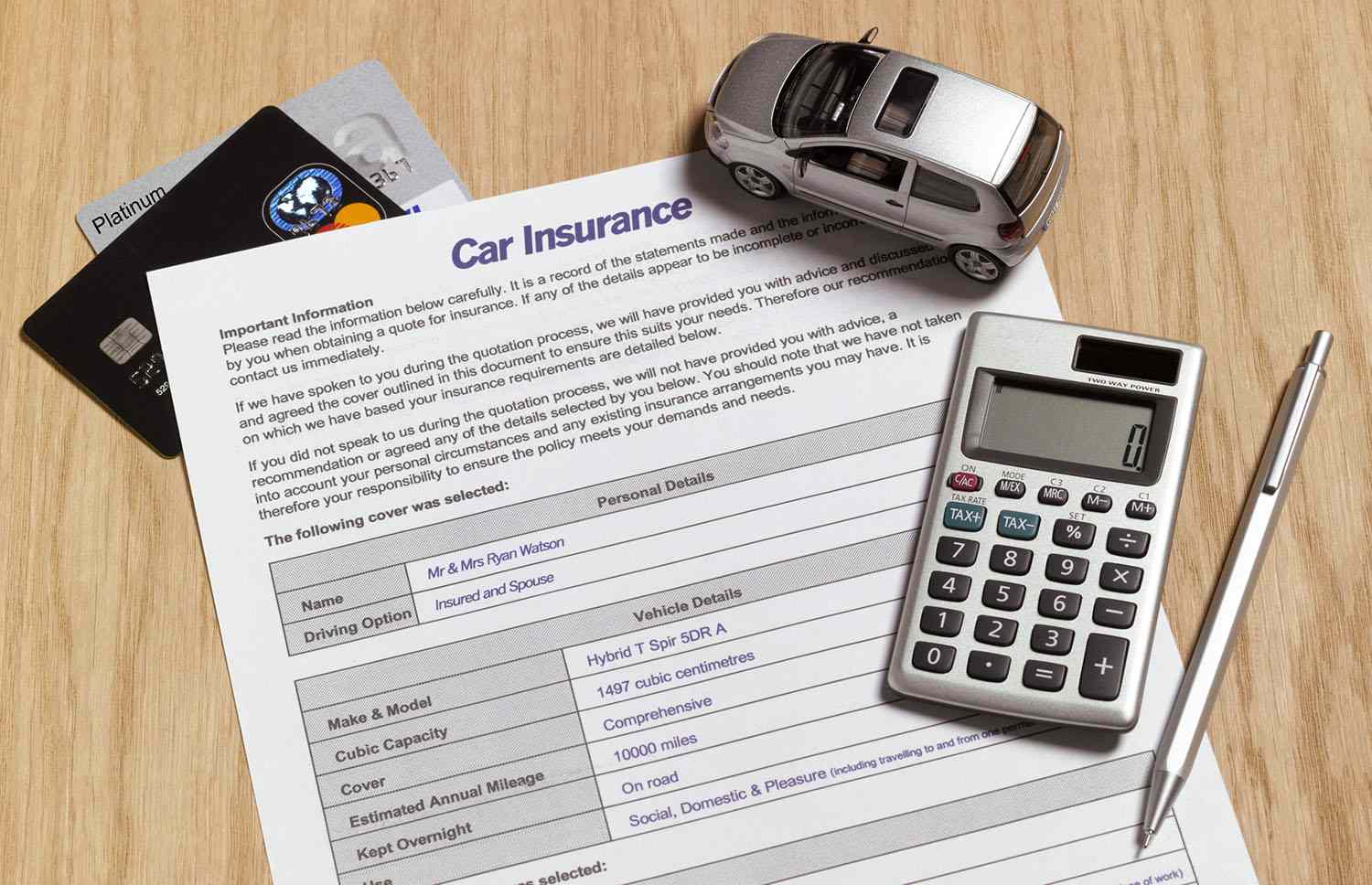
Are you confused about the different types of auto insurance policies out there? Don’t worry, you’re not alone! With so many options available, it can be overwhelming to choose the right coverage for your vehicle. That’s why we’ve put together this comprehensive guide to help you understand everything from liability insurance to custom parts and equipment coverage. By the end of this article, you’ll have a better understanding of which auto insurance policy is right for your needs. So let’s dive in and compare Automobile.com insurance policies!
Gap Insurance
Have you ever heard of gap insurance? If not, it’s important to know what it is and how it can benefit you. Gap insurance covers the difference between what you owe on your car loan or lease and what your vehicle is actually worth at the time of an accident.
So why would this be necessary? Well, let’s say you get into a major accident and your car is totaled. Your auto insurance policy will typically only cover the actual cash value of the vehicle, which may be significantly less than what you still owe on your car loan or lease. This means that without gap insurance, you could end up owing thousands of dollars out-of-pocket.
Gap insurance can provide peace of mind knowing that in case something happens to your vehicle before paying off its full value; you won’t face such a financial burden. However, keep in mind that not all cars require gap coverage as some vehicles retain their value better than others. Make sure to discuss with Automobile.com experts whether or not gap coverage makes sense for your situation!
Rental Car Reimbursement Insurance
When your car is involved in an accident and needs to be repaired, you may need a rental car while it’s being fixed. This is where Rental Car Reimbursement Insurance comes into play.
This type of insurance covers the cost of renting a replacement vehicle when yours is undergoing repairs. It can help alleviate some of the stress that comes with not having access to your own car for a period of time.
Before purchasing this coverage, it’s important to check if your existing auto insurance policy or credit card provides any rental car benefits. Some policies already include this coverage, so you don’t want to pay extra for something you don’t need.
If you do decide to purchase Rental Car Reimbursement Insurance, make sure to choose coverage limits that will adequately cover the cost of renting a similar vehicle. Don’t forget about additional expenses like gas and insurance fees that come with renting a car.
Rental Car Reimbursement Insurance can provide peace of mind knowing that you won’t be stranded without transportation while your damaged vehicle is being repaired.
Roadside Assistance Insurance
Roadside Assistance Insurance is a type of auto insurance coverage that provides assistance to drivers who experience problems while driving. This includes things like flat tires, dead batteries, and running out of gas. With this type of coverage, drivers can rest assured knowing that they have someone to turn to in case of an emergency.
One benefit of Roadside Assistance Insurance is that it can save time and money. Instead of having to call around for a tow truck or other service provider, drivers can simply contact their insurance company for help. This means less hassle and less expense compared to paying out-of-pocket for roadside services.
Another advantage is the peace of mind it offers. Knowing that help is just a phone call away can be reassuring when driving long distances or through unfamiliar areas. Plus, some policies may even offer additional perks like lockout services or trip interruption reimbursement.
Roadside Assistance Insurance serves as a valuable safety net for drivers on the road. It’s definitely worth considering as part of any comprehensive auto insurance policy – especially if you frequently travel by car!
Custom Parts and Equipment Coverage
Custom parts and equipment coverage is a type of auto insurance that offers protection for any modifications you make to your vehicle. This includes upgrades like custom wheels, sound systems or performance parts. The standard car insurance policy doesn’t cover these modifications, so if you want to ensure they are protected from damage or theft, then this type of coverage is necessary.
With custom parts and equipment coverage, the insurer will pay for the repair or replacement of any damaged modification on your vehicle after an accident. If someone steals anything attached to the car that isn’t considered stock items by the manufacturer, then this insurance can also cover those losses.
It’s important to note that not all aftermarket parts are covered under this policy. Make sure you check with your insurer before adding any new components to your car as some may be excluded from coverage.
This type of auto insurance often comes at an additional cost beyond what standard policies offer but is worth it if you have invested significant amounts into modifying your vehicle. Consider discussing with agents at Automobile.com about which plans fit best for customized vehicles and compare their various options when choosing between different providers offering such policies!



